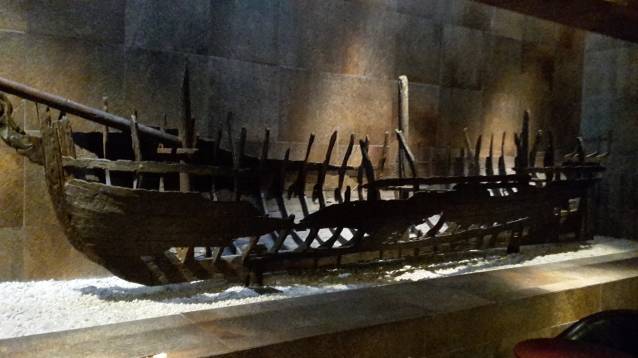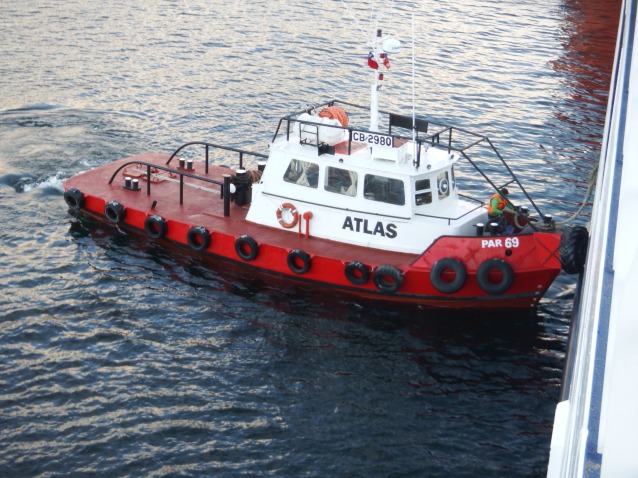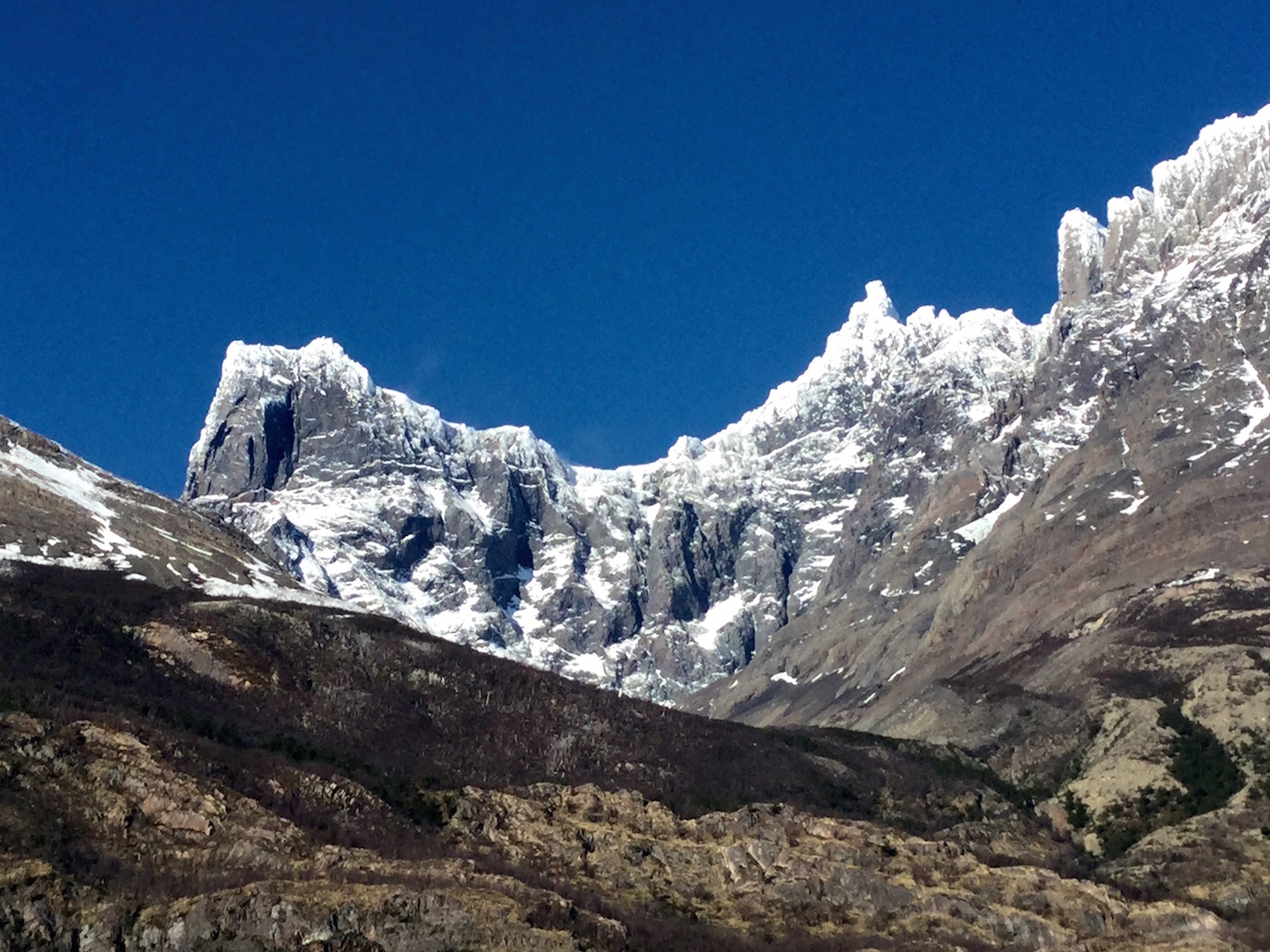Punta Arenas, Southern Chile – some history, a view across the Straits, a bar and a boat
Our arrival on a delayed flight from Santiago is at 1.25 am. Anticipation of what we will see in daylight is high. This town is the gateway to our expedition cruise to Cape Horn.
The next morning the interior detailing in Hotel Cabo de Hornes gives a sense of the history of this place.
In the following week we are to learn a little of those who were here long before us. Before the Europeans, Indian nomads hunted on land and sea – Aonikenk, Onao, Yamanas, Qanasqar. Only a handful survived the subsequent arrival and colonisation by Europeans.
A sunny, morning stroll across the central square reveals an obvious hero, Hernando de Magellanes. Also on the statue is a native Indian. Rub his foot and you will be sure to return – or so the story goes.
A short drive along the Pan American Highway to the south is Fuerte Bulnes. This fort was established when the Chilean government sent an expedition in 1843.
The site was unsuitable and Governor Jose Santos Mardones founded the city in its present location as a penitentiary colony in 1848. Punta Arenas flourished. Sheep “white gold” were introduced; immigrants from Europe came in search of gold. Then, a large part of the city was destroyed in terrible mutiny in 1877 but by the end of the century with a reduction in the number of prisoners, the city became safe for enterprise to flourish. Wool and timber generated wealth. Palaces and estancias, mansions and other significant buildings such as the opera theatre were testimony to this prosperity.
Until 1920 when the Panama Canal was opened, Punta Arenas thrived due to its proximity to the Straits of Magellan and the trade that passed between the Atlantic and the Pacific. Coal, gas and oil (in addition to livestock industries), have ensured that this province continues to prosper.
On a night with a cool, fresh breeze and a clear, moonlit sky we found Punta Arenas historical centre to be a lovely place to walk, find a bar, have a drink and sample the spicy, flakiness of empanadas.
There is the boat! The first view of her from Cerro de la Cruz, a viewpoint above the town, brings home to us how far we are away from everything we know and how much we are looking forward to the voyage.
We have checked in. There was a heart pounding moment when I fumbled through the folder looking for the Argentinian visa papers – after 3 days and 4 nights sailing, Stella would take us to Ushuaia, Argentina – the most southerly town in the world.

















Next post – the absolutely lovely, stunning Stella takes us on a never-to-be-forgotten adventure – to the end of the earth.
LikeLike